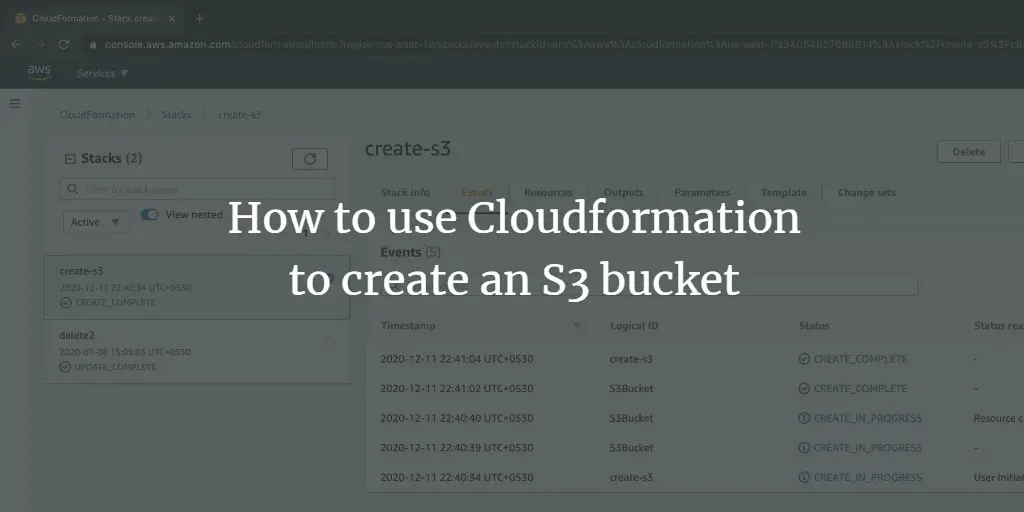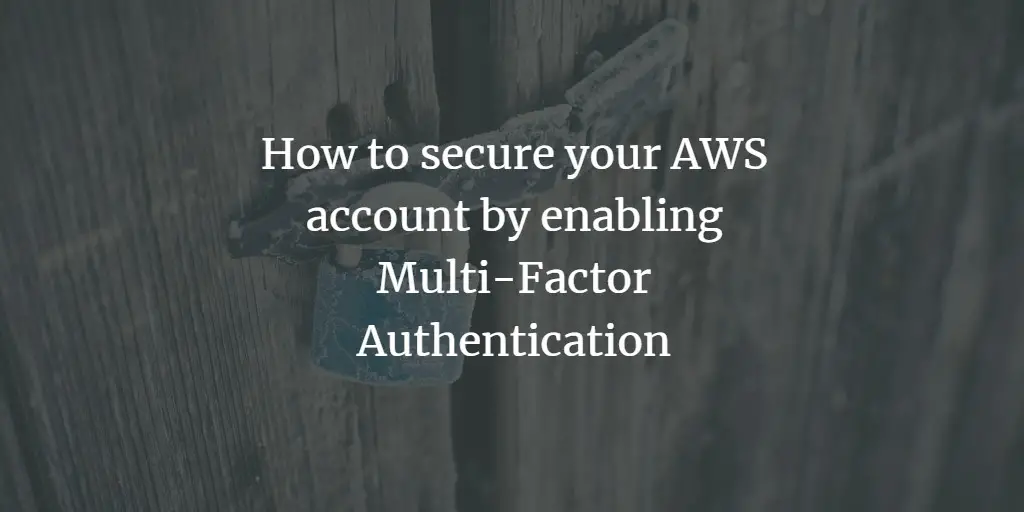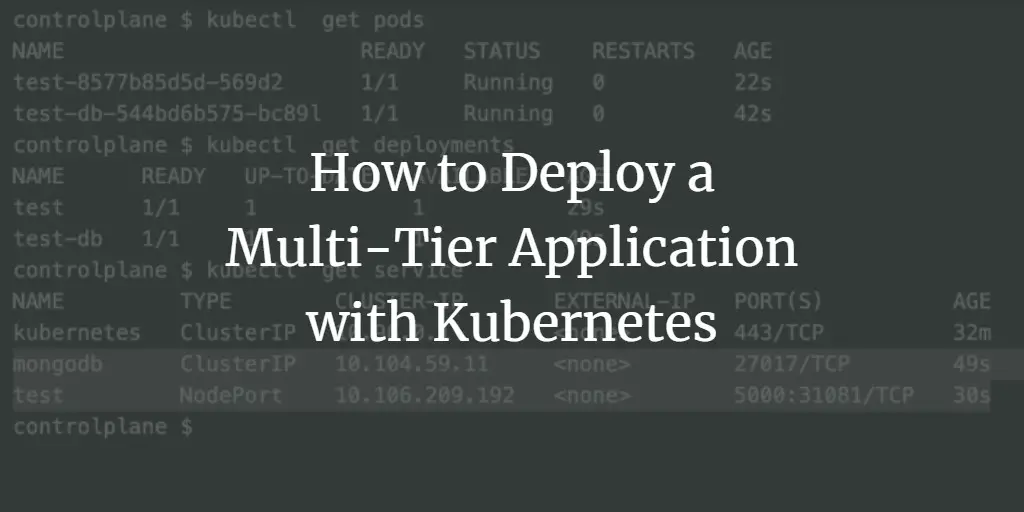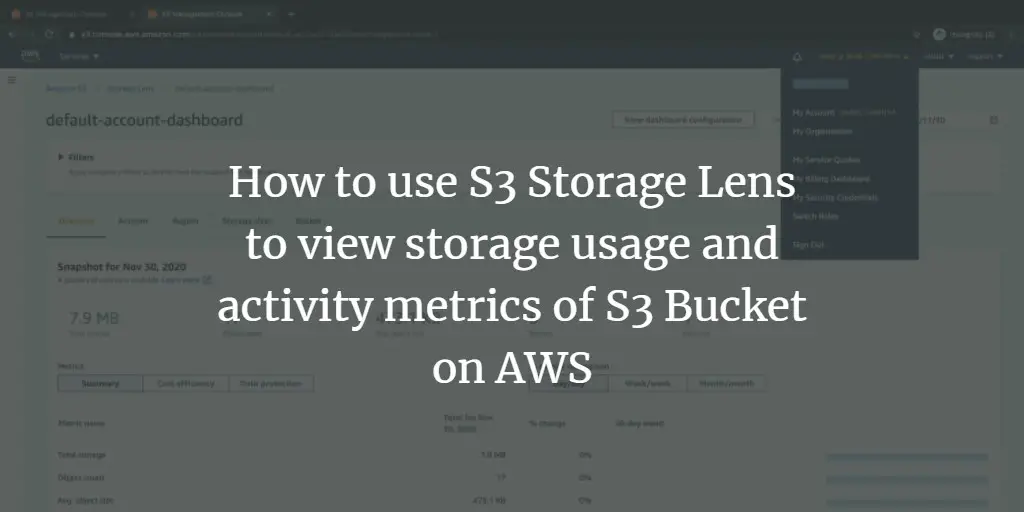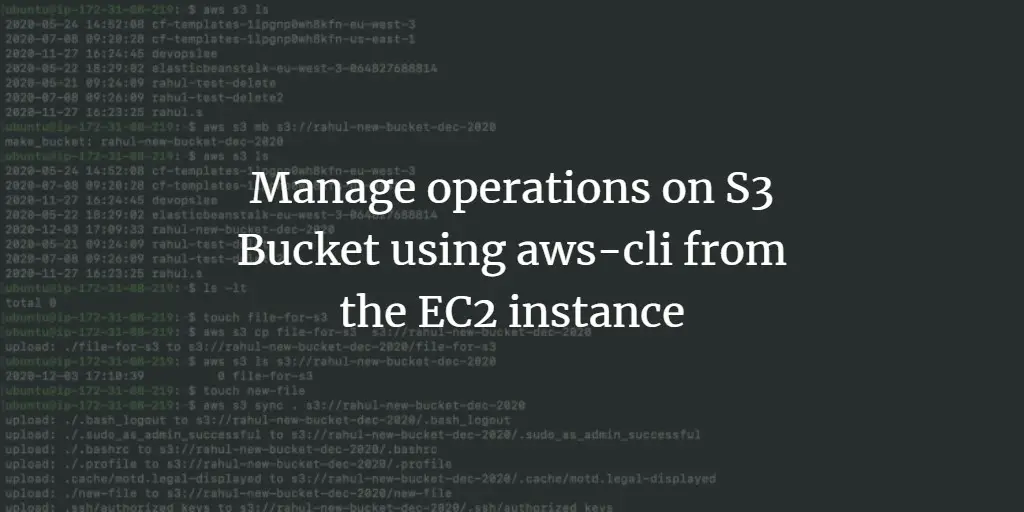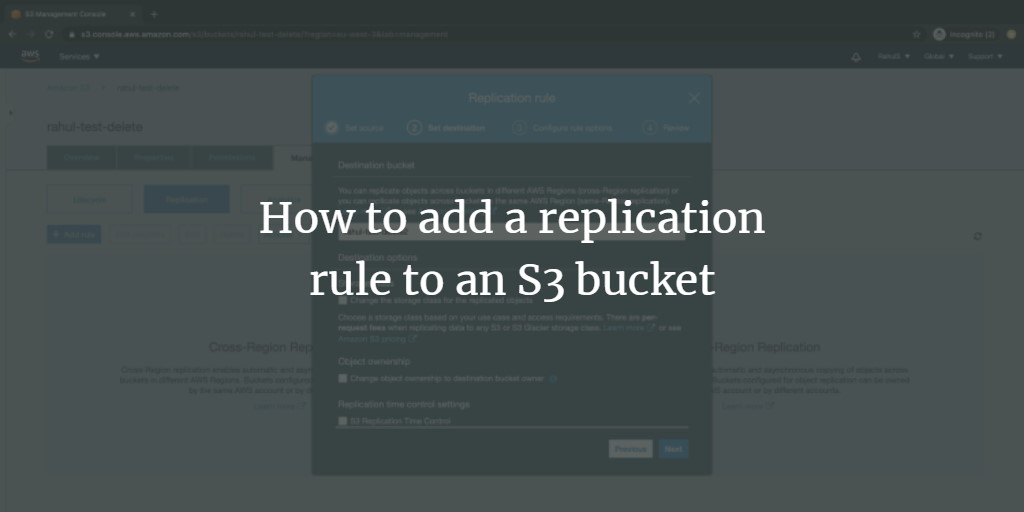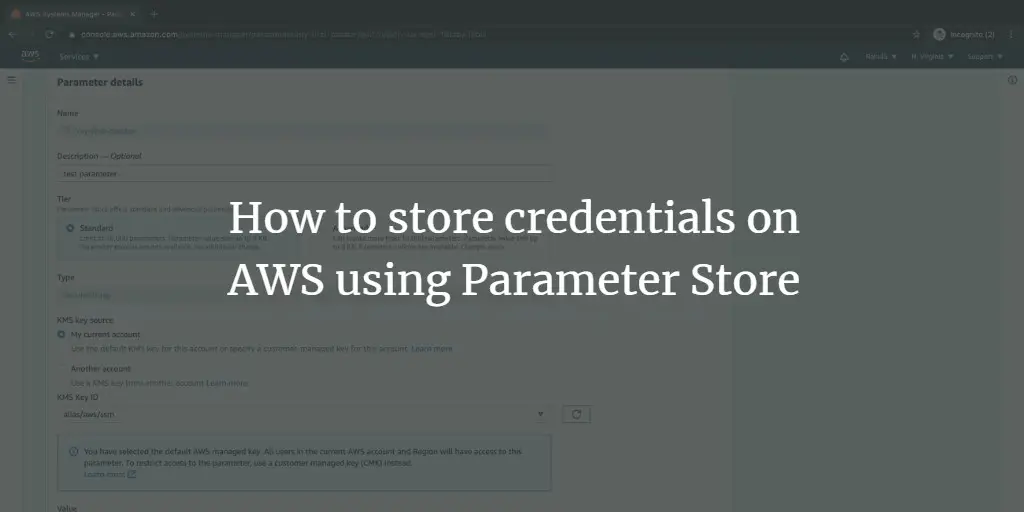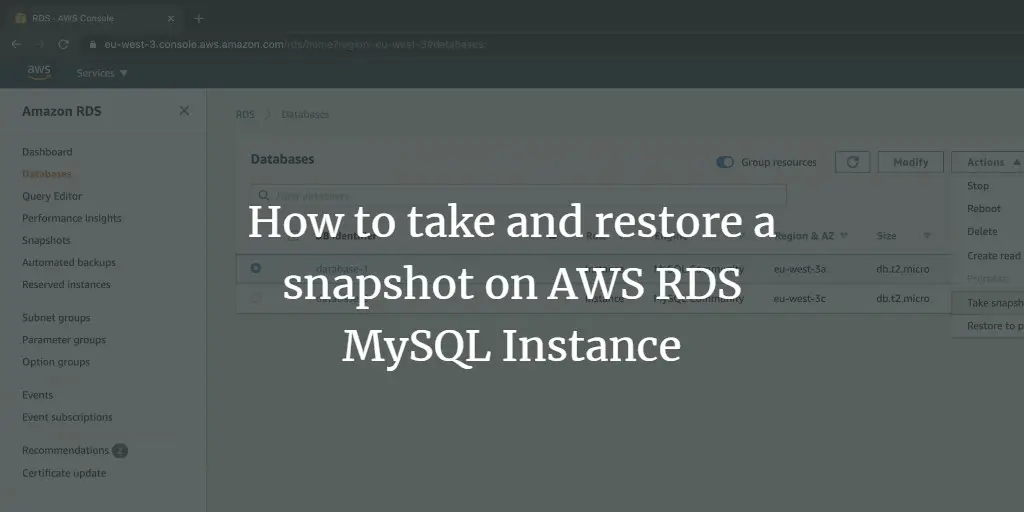Linux Tutorials on the topic “cloud”
-
How to use Cloudformation to create an S3 bucket
Author: Rahul Shivalkar • Tags: cloud • Comments: 0There are multiple ways in which you can create an S3 bucket on AWS. Cloud formation is one of the Infrastructure as Code (IaC) ways to do this. In this article, we will explore several options available in Cloudformation to create an S3 bucket.
-
How to secure your AWS account by enabling Multi-Factor Authentication
Author: Rahul Shivalkar • Tags: cloud • Comments: 0In this article, we will see the steps to enable Multi-factor Authentication using a virtual device. A virtual Multi-factor Authentication device is nothing but an application or software running on your phone. This application generates a six-digit code that needs to be entered while logging into the account.
-
Create and Store Secrets like Passwords, OAuth Tokens, and SSH Keys in Kubernetes
Author: Rahul Shivalkar • Tags: cloud, linux, virtualization • Comments: 0In Kubernetes, we can store and manage sensitive information, such as passwords, OAuth tokens, and ssh keys using Kubernetes Secrets. In this article, we will create secrets using .yml file and access them in the Pod as Environment Variables.
-
-
How to Deploy a Multi-Tier Application with Kubernetes
Author: Rahul Shivalkar • Tags: cloud, linux • Comments: 2A multi-tier application is an application distributed among more than one layer. It logically separates the operational layers. The number of layers varies with business and application requirements. In this article, we will see an application divided into 2 layers, backend and frontend layer.
-
How to use S3 Storage Lens to view storage usage and activity metrics of S3 Bucket on AWS
Author: Rahul Shivalkar • Tags: cloud • Comments: 0AWS S3 Storage Lens gives visibility into object storage usage, activity trends. It gives recommendations to improve cost-efficiency, also it applies data protection best practices. It is the first analytics service that provides a single view of object storage usage and activity across hundreds and thousands of accounts in an organization.
-
Manage operations on S3 Bucket using aws-cli from the EC2 instance
Author: Rahul Shivalkar • Tags: cloud • Comments: 0In this article, we will see the steps and commands to create an S3 bucket from the command line and perform basic operations on it like copy files, sync files, etc.
-
How to add a replication rule to an S3 bucket
Author: Rahul Shivalkar • Tags: cloud • Comments: 0Replication is the auto-coping of S3 objects from one S3 Bucket to another S3 Bucket in the same region or in a different AWS region. In this article, I will show you the steps to create a replication rule to copy objects to/from the existing buckets.
-
How to store credentials on AWS using Parameter Store
Author: Rahul Shivalkar • Tags: cloud • Comments: 0In this article, we will create a parameter and store configuration data in it of type SecureString. We will also modify the parameter and see how it maintains multiple versions.
-
How to create and store secrets using Secret Manager in AWS
Author: Rahul Shivalkar • Tags: cloud • Comments: 0Application secrets or credentials can be stored using the AWS Secret Manager securely. Secrets can be rotated, managed, and retrieved throughout their lifecycle using AWS Secret Manager.
-
How to take and restore a snapshot on AWS RDS MySQL Instance
Author: Rahul Shivalkar • Tags: cloud • Comments: 0In this article, we will see the steps to create a snapshot of the existing RDS MySql Instance. Then we will see the steps to restore the snapshot which creates a new RDS Instance. At last, we will clean up the instances and snapshots.

